Menu
When you’re after pike, choosing the right bait can make all the difference between a successful outing and coming home empty-handed. Understanding the predatory nature of pike is crucial as they’re known for being aggressive feeders. They primarily hunt by sight and are attracted to bait that mimics the movements of their natural prey. The key is to select bait that looks and behaves like the fish and animals pike would usually eat, such as small fish or frogs.
In terms of live baits, smaller fish such as roach, perch, or rudd are often used to tempt pike. However, in many waters, the use of live bait is not permitted due to ethical considerations and rules protecting fish stocks, so it’s essential to check local regulations before you set out. For lure fishing, options include a variety of plugs, spoons, and spinners that vibrate and reflect light to catch the attention of these keen-eyed predators. Soft plastic baits that emulate the motion of a wounded fish can also be particularly effective when targeting pike.
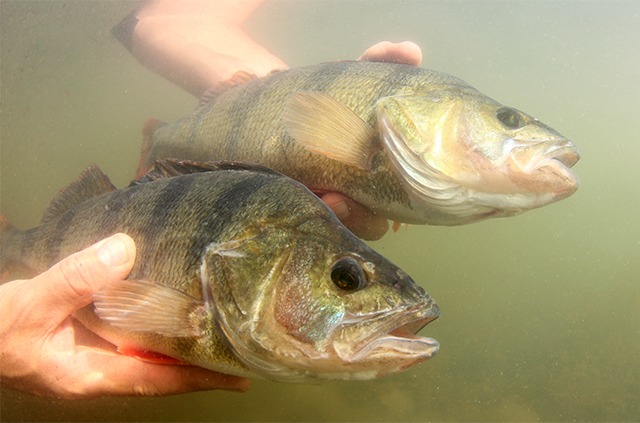
When you’re keen on pike fishing, knowing how these predators behave is crucial. They have distinct preferences for prey and habitats, and their activity levels are influenced by seasons and weather conditions.
Pike, known for their voracious appetite, mostly hunt for fish that inhabit the same waters as themselves. They are not picky eaters, though, and will go after prey such as:
In terms of preferred habitat, pike favour:
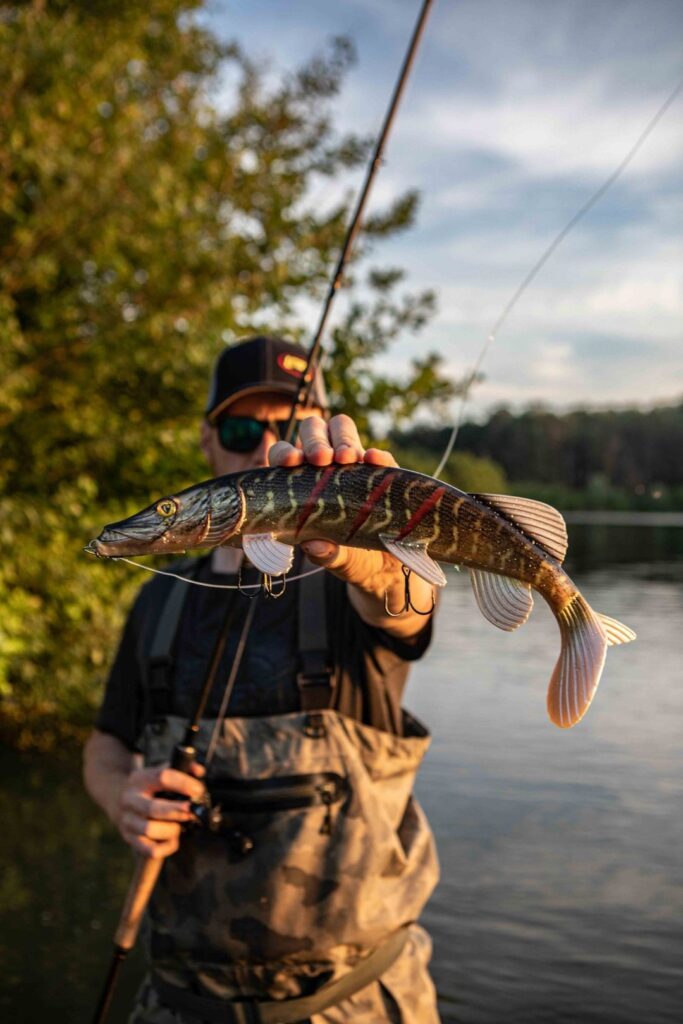
Understanding the seasons is key for successful pike fishing. Here’s how weather and seasonal changes affect their behaviour:
Weather can also have a substantial impact on their activity:
By keeping these behaviours in mind, you’ll be better prepared to outwit a pike on your next fishing trip.
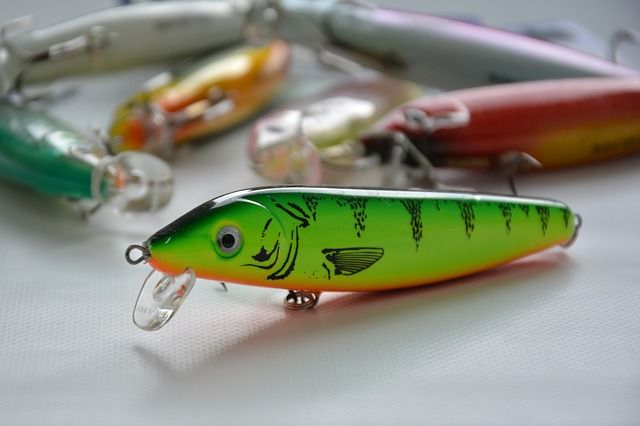
Before you cast out for pike, sorting out the correct gear and understanding the knots and rigs are essential. Proper setup will increase your chances of a good catch.

When you’re going for pike, you’re going to need a setup that’s robust. Begin with a reel that can handle stress; a medium to large baitcaster or a size 4000 to 6000 spinning reel is a sweet spot. For your fishing line, braid is often the go-to choice due to its strength and minimal stretch, giving you better hook set capabilities. Anything in the range of 15-30lb should serve you well. Your line’s not going anywhere without a wire trace, essential for pike due to their sharp teeth. A 12 to 18-inch trace could save your gear from being chomped in half.
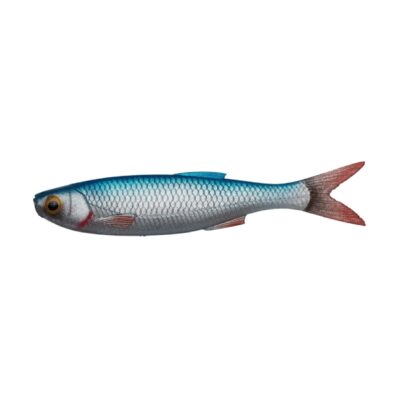


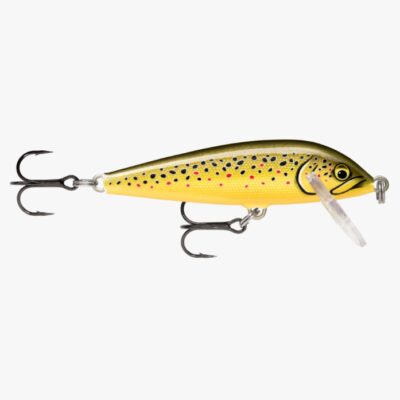
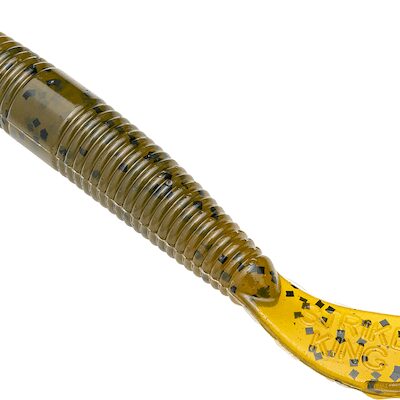
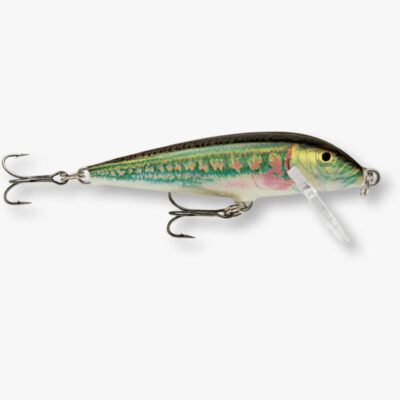
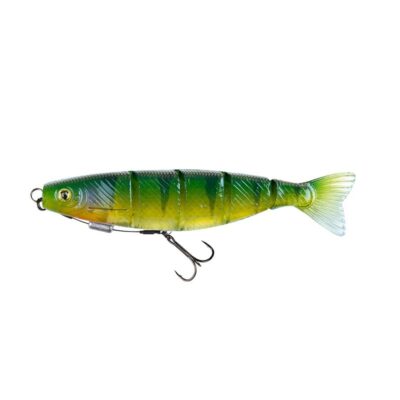
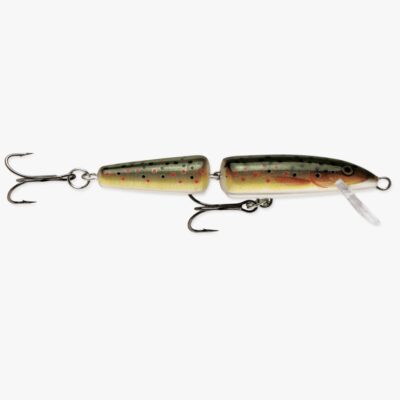


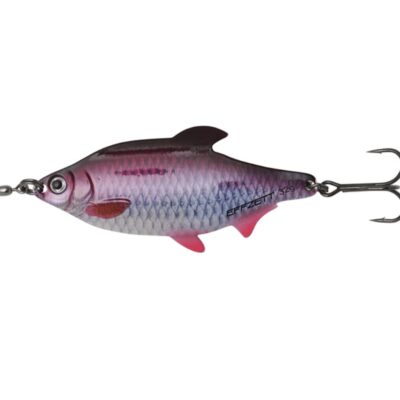
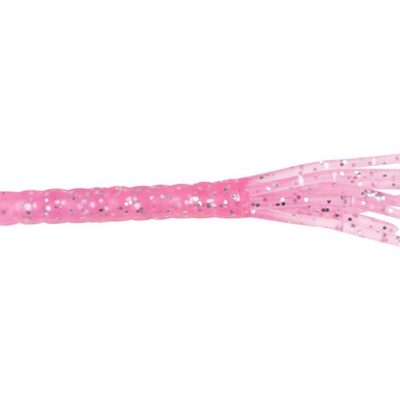
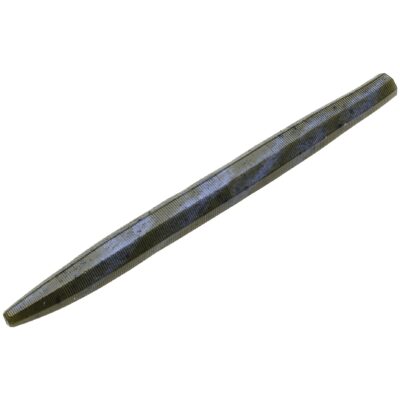
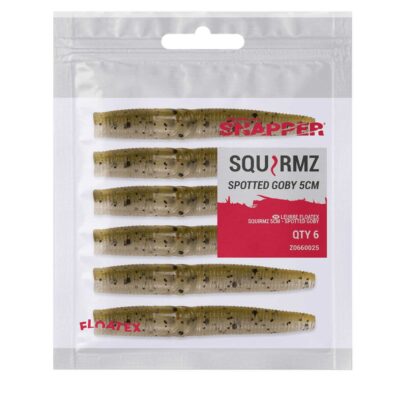
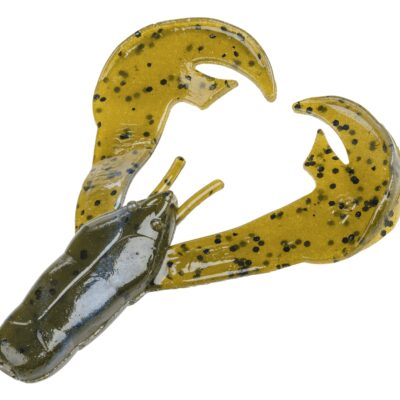

Contact Number 01344 777411
Account Enquiries : Accounts@crowthorne-angling.com
Customer Contact : Daryl@crowthorne-angling.com
Address: 91-95 Church St, Crowthorne RG45 7AW
| Monday | 9 am–5:30 pm |
| Tuesday | 9 am–5:30 pm |
| Wednesday | 9 am–5:30 pm |
| Thursday | 9 am–5:30 pm |
| Friday | 9 am–5:30 pm |
| Saturday | 9 am–5:30 pm |
| Sunday | 9 am–2 pm |